Holding Space
Ruth Asawa / A Single Wire
During the many, many, many years that I have encountered the hanging wire sculptures of Ruth Asawa, I viewed her works mainly as decorative; a kind of wire macramé that presented interesting moiré patterns as one walked past them. But the current retrospective of her work at the San Francisco Museum of Modern Art is a revelation. Asawa was not a decorative artist. She was a genius, a master of multiple mediums who during her lifetime (1926-2013) was able to create a virtual warehouse of hypnotic, beautiful work across multiple genres while raising six children and interfacing with an inspired spectrum of fellow artists. She was a visual polymath, and as I wandered among her works through the exhaustive concatenation of galleries that showcase Asawa’s wire sculptures, drawings, water colors, ceramics, wood carvings, lithographs and life masks, I began to comprehend the central theme that seems to define most, if not all, of her work: holding space.
Holding Space. It’s a phrase you hear a lot these days. Though I intuitively grasp what it means, it’s hard to stamp a real definition on it. But I’m gonna try: “Holding space” is making room for something to be itself, and to unfold in whatever shape it will.


I’ve found that many works of art (and maybe this is true of most art) deepen the more time you spend with them. At SFMOMA I had the opportunity to really focus on Asawa’s hanging wire sculptures. The longer I looked at them, the more they revealed themselves as trans-dimensional containers, able to hold space in different shapes, sizes and forms — not just in the metaphorical sense, but also literally.
One thing that’s always mystified me about space is that it's both literal and figurative. Here’s an example: Right now I’m sitting on my bed and dictating this. There is a literal coordinate of space that lies in between my ears right now, which is filled with my brain. But as I stand up and walk to the other room, I don’t take that space with me: the space that my brain was occupying just a moment ago is there still, now unoccupied. I didn’t carry that coordinate of space with me, I just changed what was in that previous space—and I can never really experience that space as it was when my brain occupied it.
The idea that we “hold space” both literally and metaphorically is something I’ve thought about since I was a kid. We fully contain whatever space we occupy, at every moment. But we can also make room for whatever unfolds in our temporal space — whether it’s listening to a friend in crisis, unpacking the meaning of a tarot card, navigating the moods of a child, or in my case — the gradual but steady unfolding of Parkinson’s.
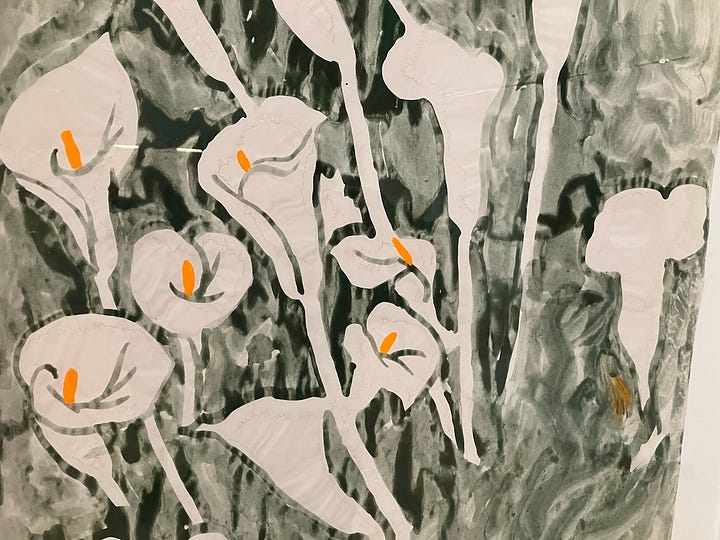

The past five weeks since my joyful solo show – which was a high point of this year — have been marked by what I perceive as a worsening of my symptoms. My walking is becoming more difficult, and my shuffling more frequent. When I speak, it seems my sentences are somewhat fragmented; after every few words I must pause for a nanosecond, and let my brain’s circuits imagine or remember what my next word is going to be. There is more, but I don’t want to call attention to it right now.
So yes, I’m “holding space” for all of this. Some of it may be passing through me; some of it may be here to stay. But whatever it is, in whatever form, I’m going to have to weave my life into a form that can hold these changes in my body and my mind.


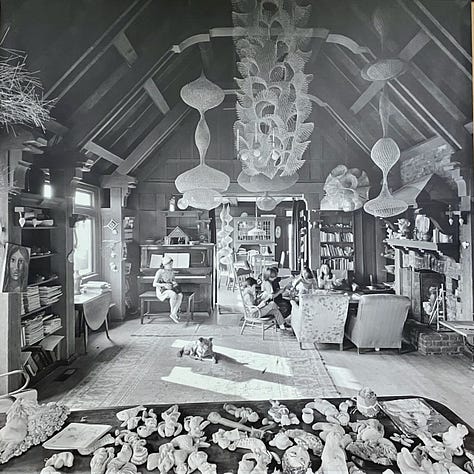
Yes, it saddens me that I have to do this. Yes, I sometimes descend into dark places. The increasing indignities of PD may force my hand at some point. But for the time being, I’m still functional enough to feel that I have agency over a disease that is not going to treat me any differently than it treats anyone else. My only hope is that my afternoons of biking, bi-weekly ping-pong matches and Monday Pilates will give me a bit of an edge, a tiny parachute to slow my descent into neural degeneration.
As I write those two words, I still have a hard time believing they apply to me. Maybe, by holding space for them, I’m also able to hold them at a distance. I still have the privilege of choosing how closely I want to identify with my condition. It does not yet fully define me. As long as I can hold space for it, and it is not holding me in the space that it occupies, I’m a step ahead of the game.
Okay, on a cheerier note: the 30th Anniversary Edition of my 1995 best-seller, The Size of the World, is finally available on Amazon and (soon) in quantity, through IngramSpark. It’s the story of my nine-month, 27,000 mile overland kora around the world. (”from Oakland, California to Oakland, California”), traveling only by land and sea — a journey during which, among other things, I created the very first travel “blogs” on the World Wide Web.
And here I will insert a final note about Ruth Asawa: What astonishes me most about her complex, shapes-within-shapes sculptures is that they are “continuous”— a single wire is bent and woven to create both the inner and outer layers of these forms. If that’s not amazing, I don’t know what is. But what strikes me here is the similarity between her sculptures and my journey (all our journeys, really): Though our travels are multi-dimensional, encompassing worlds within worlds, they are all “continuous,” defined by the single, wire-like line our bodies draw as they move across countries and continents.
Okay, back to the book. Though Amazon says the Kindle version is also available, that’s not 100% true; what you’ll get for your $9.99 is a “book facsimile”– a copy of the book as it appears in print, without the ability to change font or type size. I’m trying to find someone who can help me take the book file PDF (created with InDesign) and turn it into what’s called a flowable e-book – one that allows the reader to manipulate size and font. I’ve been working for that for weeks, and there’s no solution in sight as yet. If anyone out there knows how to do this, even with a challenging book like mine, please be in touch. Meanwhile, I’m holding space for that, too.


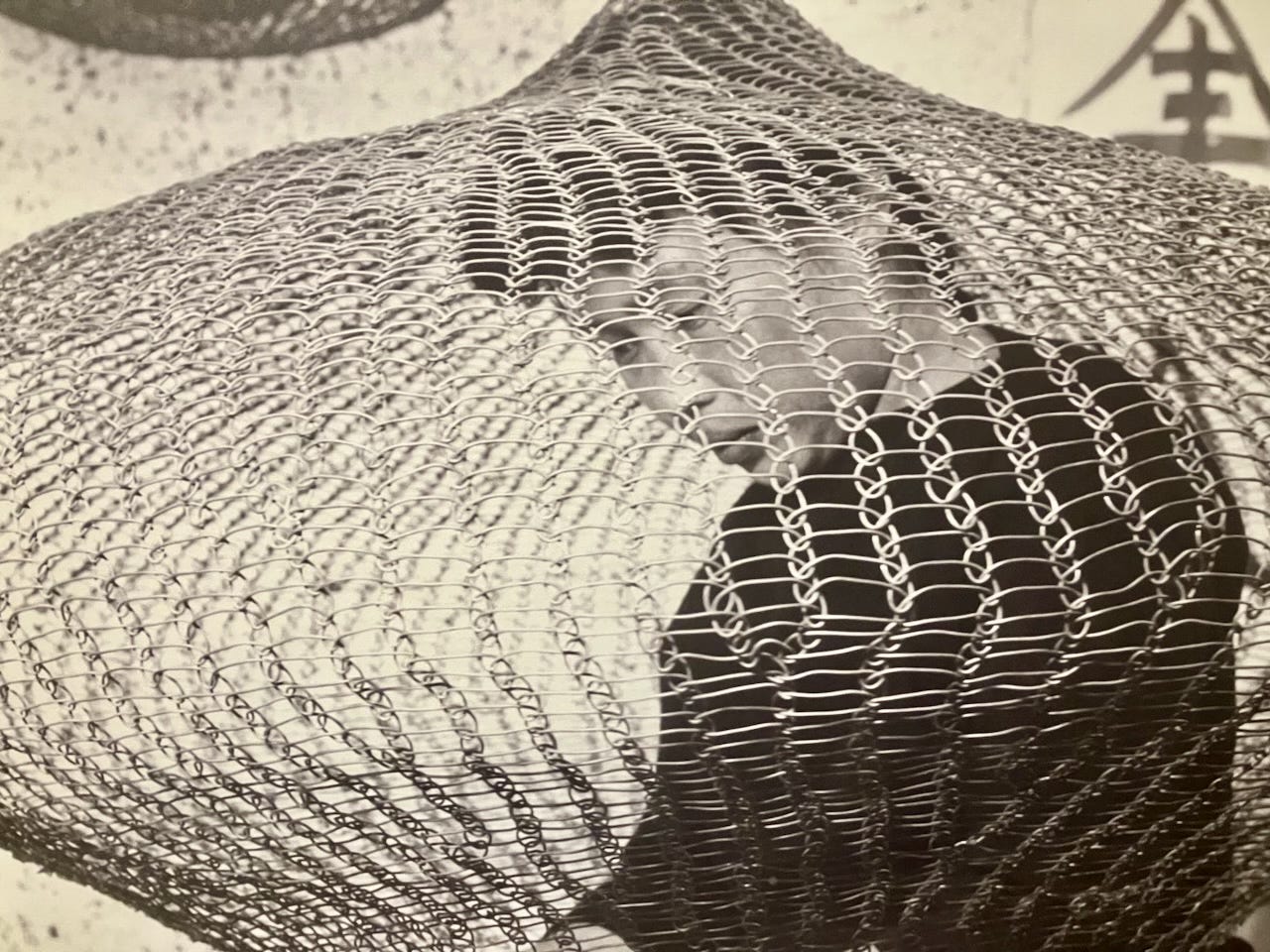
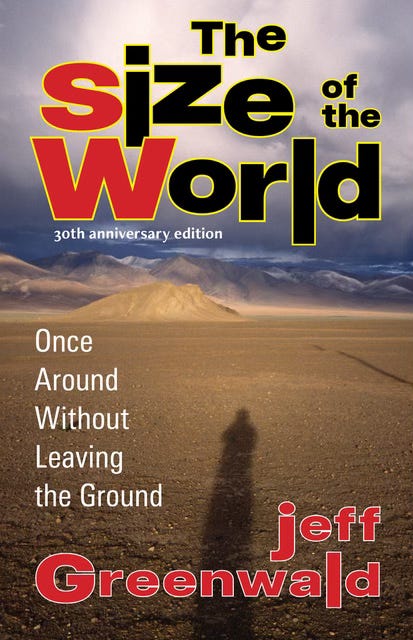
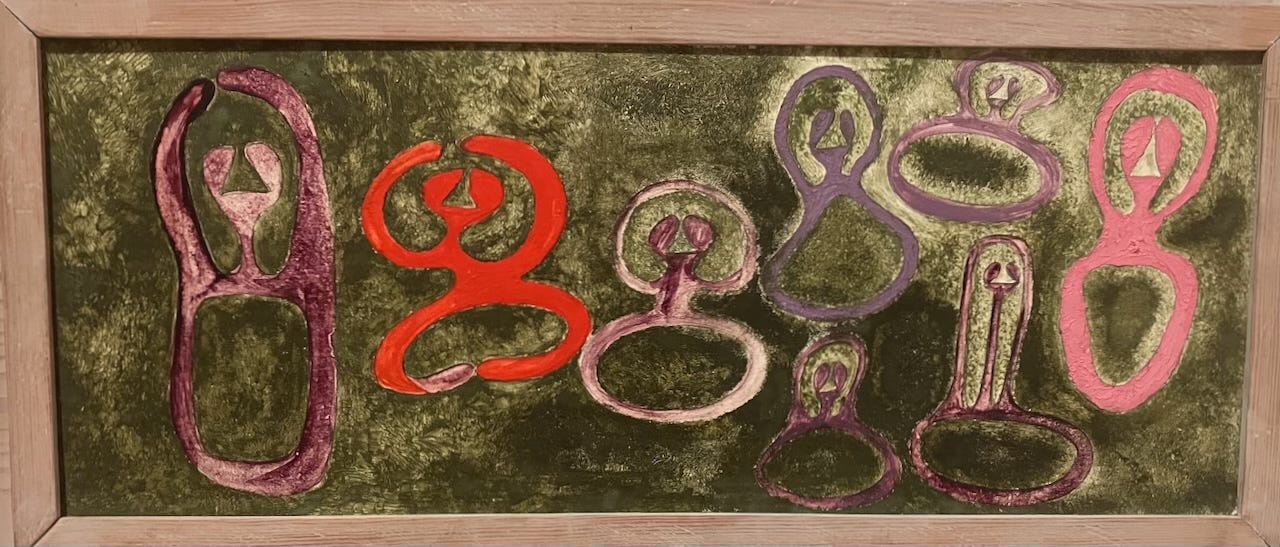
Hey, Jeff. Holding space. Another great read.
Our discussions about light come to mind especially your exploration of what it means to be in one place and the space that entails.
Here’s something about light, it’s superpositional. It doesn’t hold space. Because unlike objects more light can be in one place at any given time. I think all the light is in each place all the time, but that’s a longer, much longer conversation.
Light’s superpositional capability is observed by us every time we open our eyes, especially those of us with two eyes.
Think of it. One eye takes in light from all directions. As far as the eye can see. All directions. The other eye would not be able to see anything except for light being superpositional. Without superposition the light seen by one eye, light coming from every direction, would not allow the other eye to see anything.
Luckily, light doesn’t hold space, so light can crisscross from all directions, everywhere all at once.
Sorry, to hear about your decline. Luckily your light shines ever brighter.
🙏
ONCE AGAIN, I AM AMAZED AT YOUR ABILITY TO WRITE SO BEAUTIFULLY. YOU ARE WONDERFUL. KEEP UP THE GOOD WORK. I AM SORRY THAT YOUR PARKINSONS IS PROGRESSING. I PRAY EVERY NIGHT THAT IT WON'T GET ANY WORSE. MY HEART IS WITH YOU. I LOVE YOU VERY MUCH.